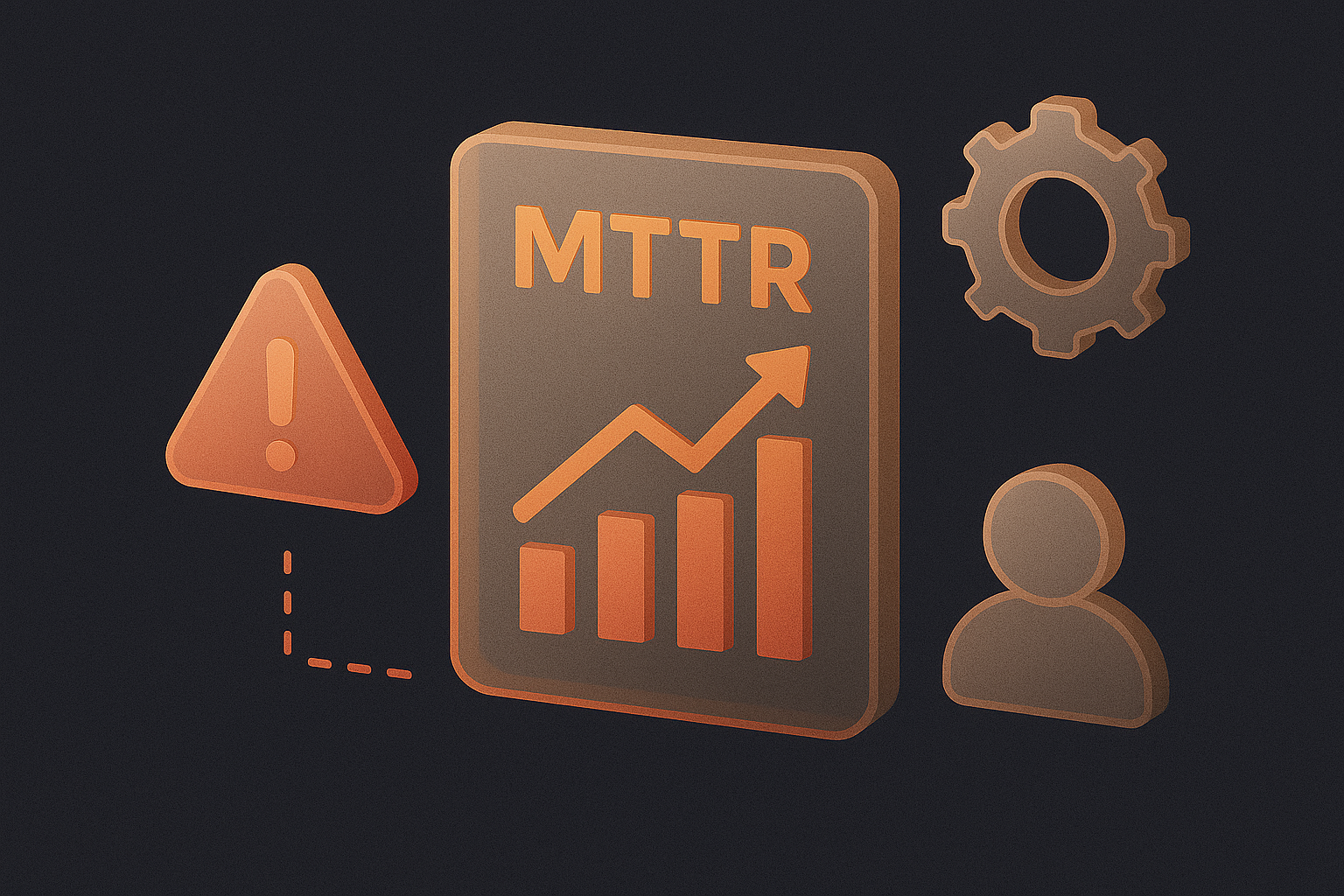What is MSP Security?
MSP security- in MSP security every second counts — the longer it takes an MSP (Managed Service Provider) to complete security incident response, the greater the ramifications of the incident on the service provider and its stakeholders.
When faced with a cyber attack, it’s crucial to understand the potential consequences of the security incident. It also is paramount for an MSP to establish a plan, so it can quickly and effectively respond to cyber attacks and other security incidents.
In MSP security a managed service provider (MSP) provides services such as network, security application, and infrastructure to clients through continuing and frequent support and active management on their premises, in their MSP’s data center, or in a third-party data center.

MSP Security Incident Response Preparation
First, a security incident response plan is crucial for MSPs. This plan can help an MSP deal with cyber attacks and other security incidents before they cause data breaches, outages, and other issues.
In addition, this plan should be backed by a dedicated team that includes security professionals who understand how to detect an incident, address it, and learn from it.
Initially, a risk assessment should be performed that identifies an MSP security vulnerabilities across its IT environment. Following the assessment, an MSP can identify its most-sensitive assets and prioritize them accordingly.
With insights from its risk assessment, an MSP security incident response plan can be tailored to its everyday operations. The plan should detail:
- The team responsible for incident response, along with each team member’s role and responsibility in incident response
- Stakeholders who are affected by an incident
- Steps that will be taken to remediate an incident
An MSP should try to automate incident response tasks.
It should specify who will be notified at different stages of an incident and which communication methods will be used to maintain constant contact with stakeholders until the incident is resolved.
Furthermore, an MSP should create templates that can be used to streamline communications throughout an incident and establish a backup strategy to ensure that its critical data remains accessible and safe 24/7.
A monitoring strategy using appropriate tools is a vital component of security incident response planning, too. As part of this strategy, an MSP may want to leverage one or more of the following tools:
- Log monitoring
- Network monitoring
- Disk monitoring
- Security information and event management (SIEM)
- Firewall protection
Testing and training should be completed to ensure that a security incident response plan meets the current needs of an MSP. Penetration testing can be used to determine the effectiveness of myriad incident response tools, techniques, and processes.
Meanwhile, exercises and drills can be used to assess incident response team members and their ability to remediate an incident without delay.
An MSP should educate its employees and customers about cyber attacks and other security incidents as well.
In doing so, an MSP can ensure that its employees and customers understand the differences between security events (end-user errors, deviation from normal operating procedures and behaviors, etc.) and security incidents (data breaches, outages, etc.).
And also, an MSP can educate incident response team members about security alerts — and why it is important to immediately respond to these alerts.
MSP Security MSPIncident Response Stages
During security incident response, an MSP’s incident response team must:
- Identify and assess the situation
- Gather as much information as possible
- Evaluate affected apps, servers, networks, etc.
- Apply temporary fixes to affected systems
- Determine the root cause of the incident
- Remediate the incident and find ways to prevent the incident from becoming a continuous problem
- Restore affected systemsv
- Test and verify that affected systems are operating normally once again
- Monitor system performance for an appropriate amount of time based on the incident’s severity
Immediately following an incident, an incident response team should perform a post-mortem. This allows team members to review what went right and what went wrong during the incident.
They can then gather insights from their response, document their analysis, and make changes to their response efforts as needed.
The Bottom Line on MSP Security Incident Response
Security incident response can be difficult for an MSP. But, the following steps can help an MSP establish a security incident response plan that consistently benefits the service provider and its stakeholders:
- Identify all stakeholders who can be involved in an incident
- Establish and document an incident response process
- Create message templates for customer service, tech management, and all other stakeholder groups
- Ensure custom messages are delivered to different groups; an MSP should verify that messages are tailored to its target audience and delivered via the audience’s preferred communication channels
- Develop an incident response playbook; using this playbook, an MSP should automate incident response tasks whenever possible and ensure appropriate actions are immediately executed as soon as an incident is identified
- Automate incident response communications
- Track incident response actions
- Perform a post-mortem analysis after the incident is resolved; the analysis can be used to find out why the incident happened and what can be done to prevent similar incidents going forward
With the AlertOps incident alerting platform, an MSP can limit the risk that a cyber attack or other types of security incidents can cause short- or long-lasting harm to an MSP and its stakeholders.
AlertOps empowers an MSP’s incident response team to quickly identify an incident, keep stakeholders up to date at all stages of an incident, analyze their incident response efforts, and find ways to prevent an incident from becoming an ongoing issue.
Learn More About MSP’s here :
https://alertops.com/msp-security-incident-response-steps/
https://alertops.com/msps-cloud-services/
https://alertops.com/msp-cyber-attack/
https://alertops.com/managed-service-provider/



